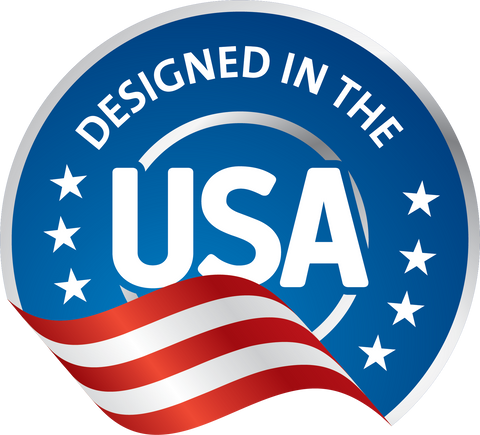An event can feel like a triumph on the day it happens, but without a plan to measure its impact, it's just an expensive guess. In the modern business world, proving the value of a corporate event is no longer an option—it’s an absolute necessity. For leaders and decision-makers, the real challenge isn’t just to host a memorable event; it’s to turn that memory into a measurable success that justifies the investment and strengthens the company's culture.
According to a recent industry study, while 89% of companies believe team events are crucial, only 37% have a clear process for measuring their effectiveness. This is a critical gap. It’s time to move beyond anecdotal feedback and equip yourself with a strategic framework to measure success, prove your event’s value, and build a more resilient and engaged workforce.

Phase 1: The Pre-Event Blueprint (Setting the Foundation for Success)
The most successful events are designed to be measurable from the very beginning. Before the first invitation is sent, you must define what success looks like.
Actionable KPIs: What do you want to achieve? Is it a 15% increase in cross-departmental communication, a 20% boost in team morale, or a tangible reduction in employee burnout scores? Set specific, quantifiable goals.
Targeted Surveys: Use pre-event surveys to gauge your team's current sentiment. Ask questions about their current stress levels, their feelings about company culture, or their desires for future team building activities. This provides a crucial baseline against which you can measure the event's impact.

Phase 2: Real-Time Intelligence (Measuring Engagement in the Moment)
During the event itself, your focus should be on observation and subtle data collection. This provides invaluable insight into how your team is truly connecting.
Observation & Interaction: Pay attention to who is talking to whom. Are different departments mingling? Is there genuine laughter and collaboration? These qualitative insights are just as important as quantitative data.
Micro-Surveys: Use a simple QR code or a quick text poll to ask for real-time feedback. Questions can be as simple as, "On a scale of 1-10, how engaged are you in today's activity?"
The Creative Measure: For a hands-on, creative experience, like those offered by Craft for Art, engagement is a tangible metric. How are teams interacting as they create a one-of-a-kind mosaic lamp or a custom tumbler? Are they sharing ideas and helping each other? This type of engagement is a direct indicator of improved team cohesion and motivation.
Phase 3: The Post-Event Debrief (Analyzing Impact and ROI)
The most critical phase of measurement happens after the event. This is where you connect the experience to tangible business outcomes and prove its value.
The Post-Event Survey: Distribute a survey that mirrors your pre-event questions. Ask employees to rate their satisfaction, whether they felt the event achieved its purpose, and if they feel more connected to their colleagues. The change in scores from the pre-event survey is your most powerful data.
Qualitative Feedback: Conduct informal debriefs with team leaders to gather stories and anecdotes. What was the most memorable moment? Did any new friendships form? This provides the rich, human story behind the numbers.
Long-Term KPIs: Connect the event to long-term business metrics. Did absenteeism drop? Did a cross-functional project get completed faster? Did your next employee retention survey show an improvement? This is the ultimate proof of event ROI.
An event isn't just about the memories it creates; it's about the tangible change it inspires. By adopting this three-phase approach, you transform every corporate event from an expensive guess into a strategic, data-driven opportunity to build a more connected and resilient workforce.





